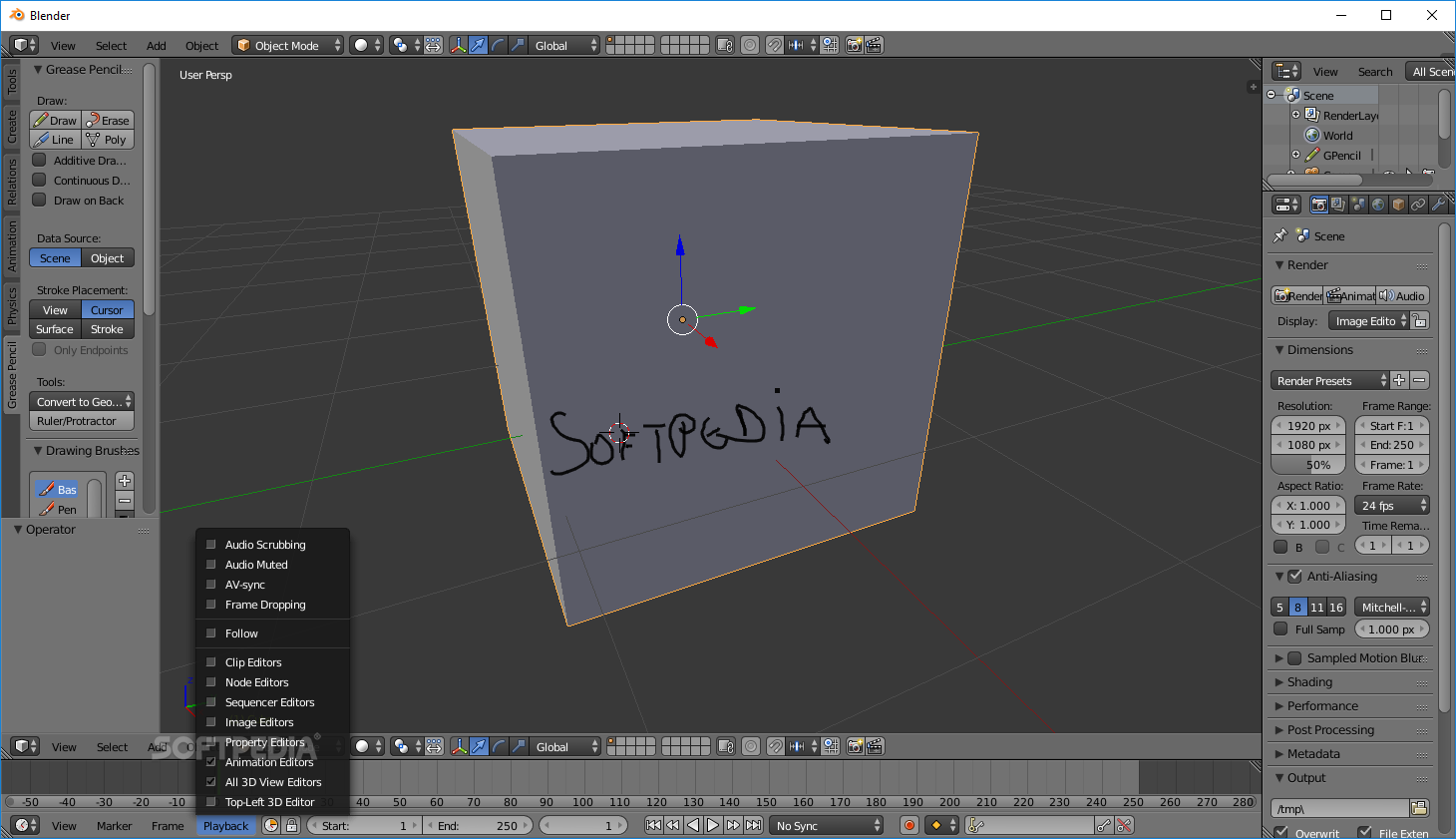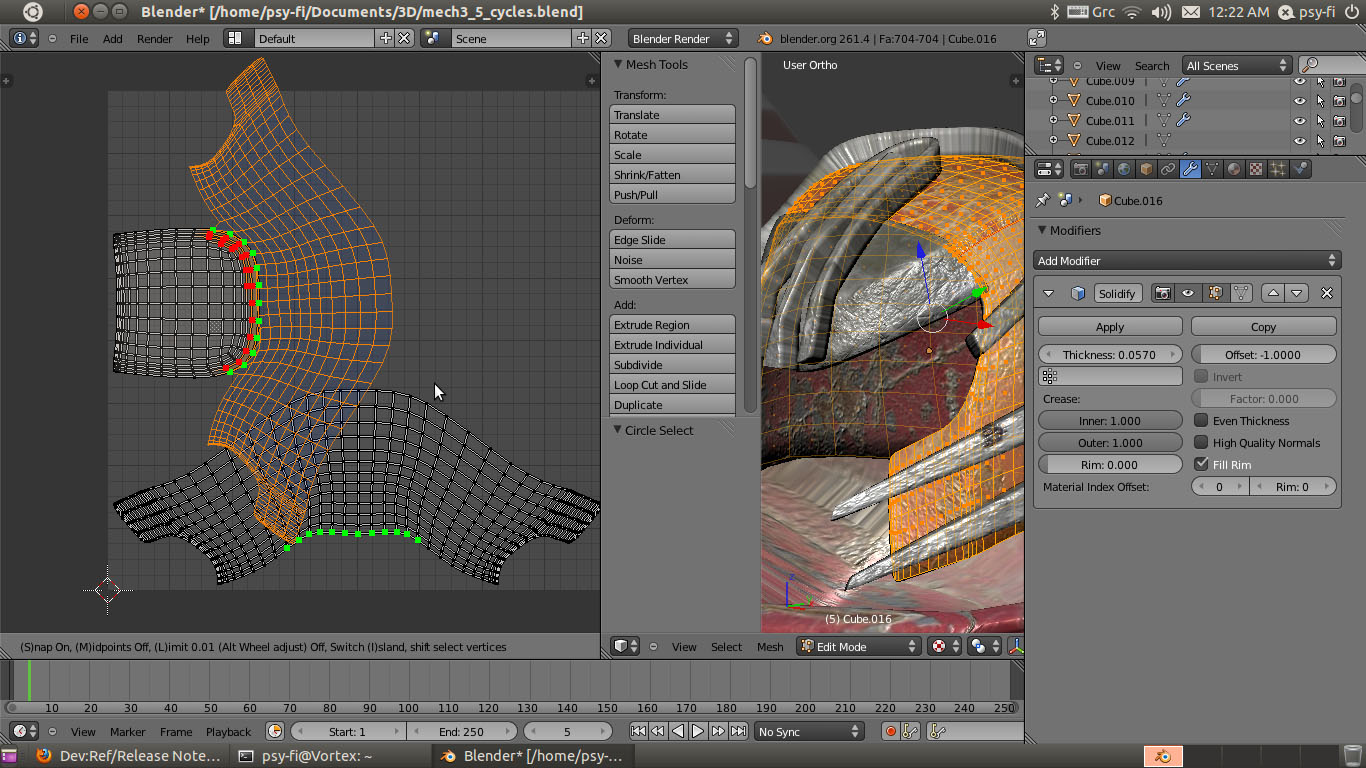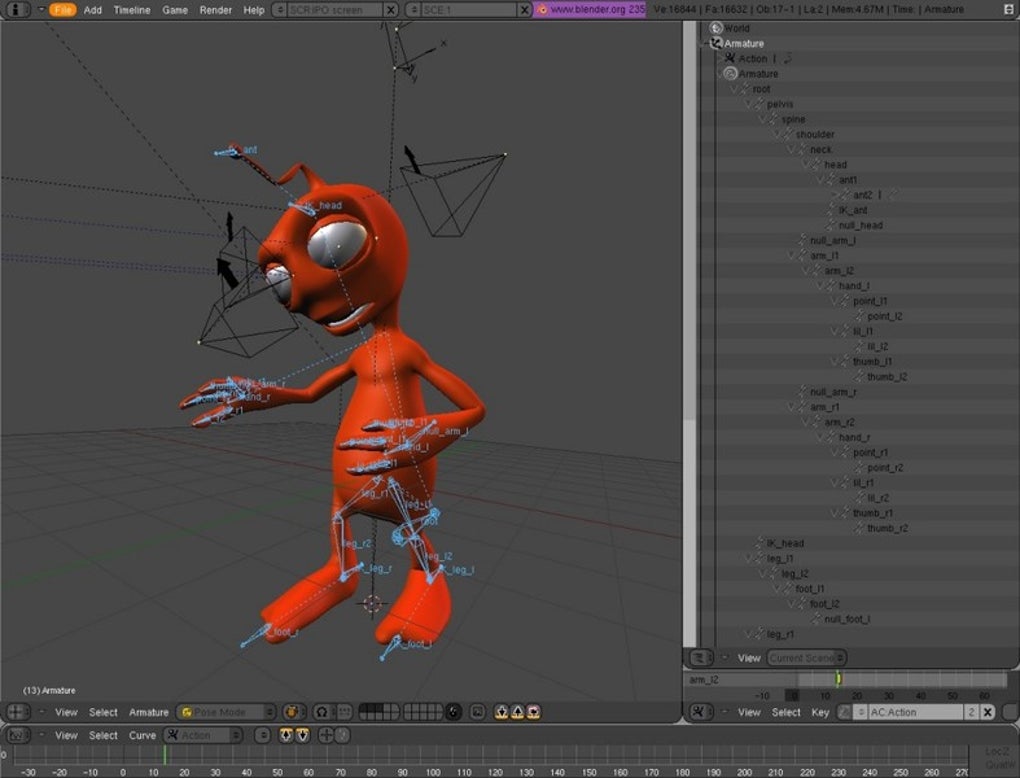


The two pieces splint models can be fixed together around the patients' wrist through the holes on the blocks. (i) The bottom part of the 3D splint model. (g) Blocks with holes are attached to the 3D splint model, which is separated into two pieces. The 3D printable model was created in Blender 2.8 using Python application programming interface (API). (f) An optimization algorithm is developed to obtain the structure of the optimized 3D splint model. (e) The draft splint model is created according to the regenerated mesh, and the edges of the regenerated mesh are the centerlines of the bars of the draft splint model. (d) The regenerate mesh (initial mesh) represents the draft splint lattice structure. (c) The profile of the wrist splint is obtained by removing the unnecessary parts of the offset surface. (b) The mesh represents the offset surface of the wrist geometry with a distance of 2 mm. (a) The geometry of the wrist is obtained using Artec 3D Spider scanner and Artec Studio 14 Professional software.

The RizomUV Bridge provides the user with an easy to use UI which makes transferring objects and UV maps between Blender and RizomUV as simple as clicking a button.


 0 kommentar(er)
0 kommentar(er)
